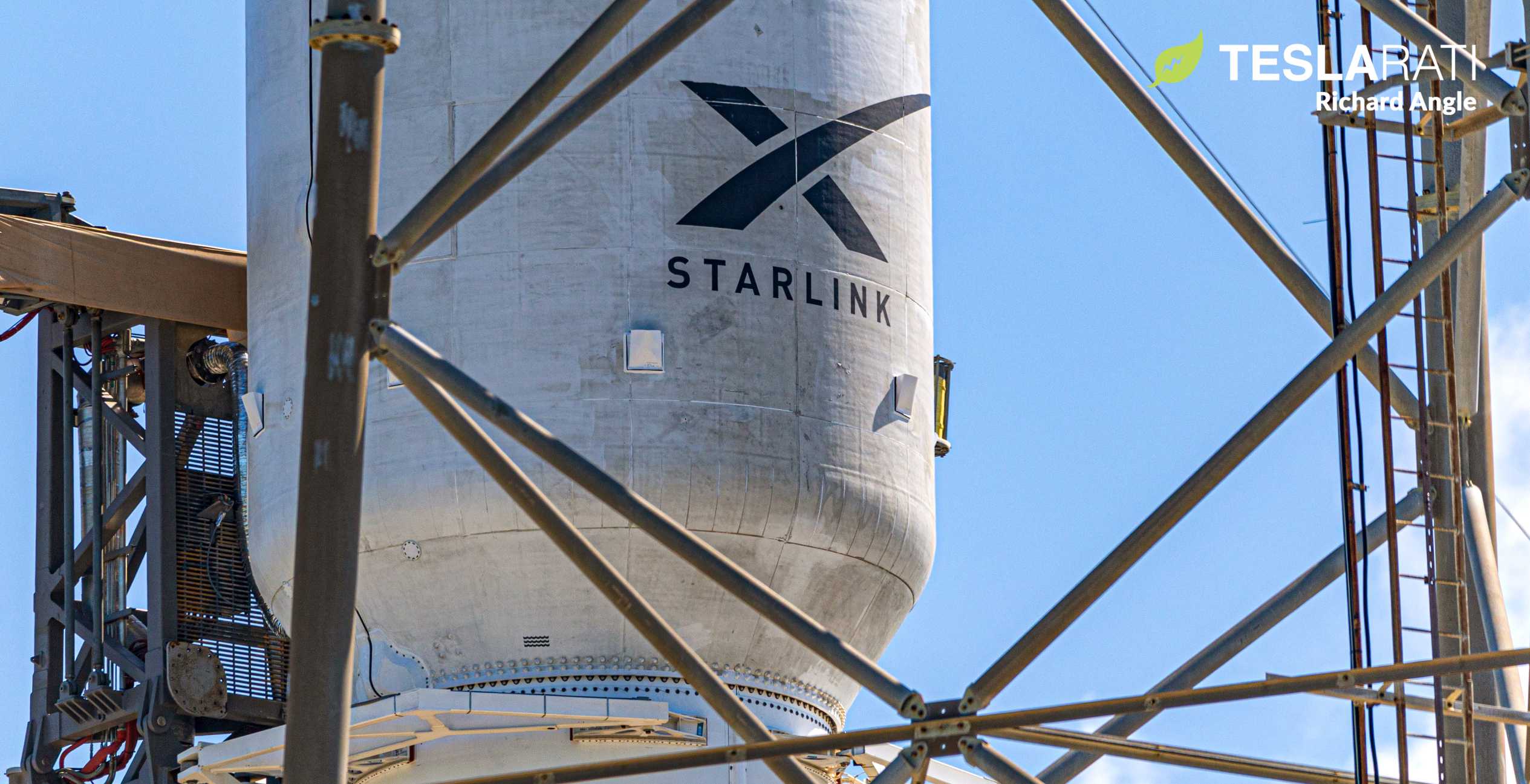
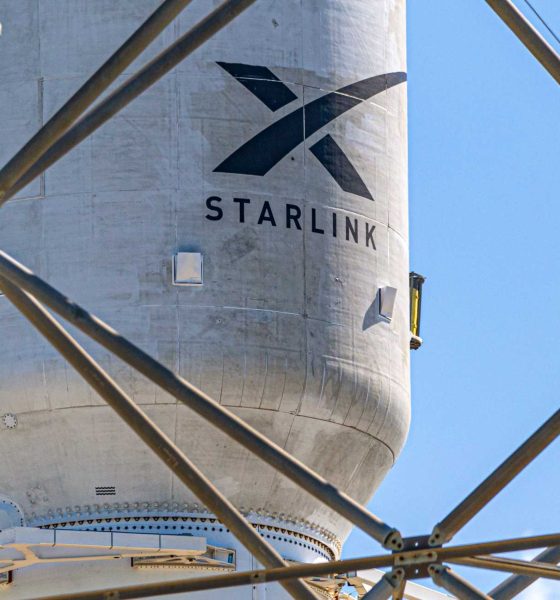
News
SpaceX building almost 1500 Starlink satellites per year
SpaceX has revealed a few key details about its burgeoning Starlink satellite internet constellation in a recent regulatory presentation, touching on overall investment, user terminal development, and its spacecraft manufacturing capabilities.
Already the single largest satellite constellation in the world by a factor of three or more, Starlink is more than 500 operational satellites strong after just nine months of launches, and the company has at least 5-8 more missions planned between now and the end of 2020. To further expand the world’s largest satellite constellation, though, SpaceX also needs to be the world’s most prolific satellite manufacturer by at least an order of magnitude.
Ever since SpaceX’s first dedicated Starlink launch in May 2019, the company has remained extremely secretive about the unprecedented satellite production infrastructure it also had to develop. Aside from a few comments by CEO Elon Musk and the occasional tidbit from regulatory documents or spaceflight conferences, very little is known and not a single photo has been released. An FCC ex parte presentation with a few specific details thus came as a surprise, revealing that SpaceX is building at least 120 Starlink satellites per month in its Redmond, Washington factory.
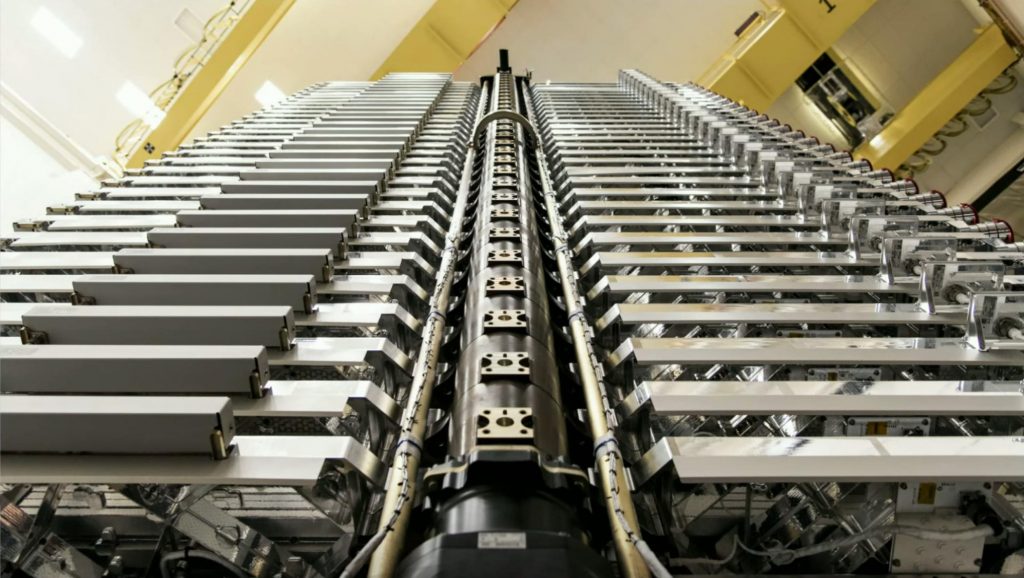
Based on past analysis of SpaceX’s Redmond facilities, the company has about 150,000 square feet (14,000 m^2) to work with, of which a third to half is likely dedicated to a satellite assembly line. Despite the relatively small facilities, SpaceX says it is actively building 120 satellites per month – equivalent to at least 1440 spacecraft annually. By mass, it means that SpaceX is churning out more than 30 metric tons (~69,000 lb) of satellites every single month, a figure almost certainly unprecedented in the history of satellite manufacturing.
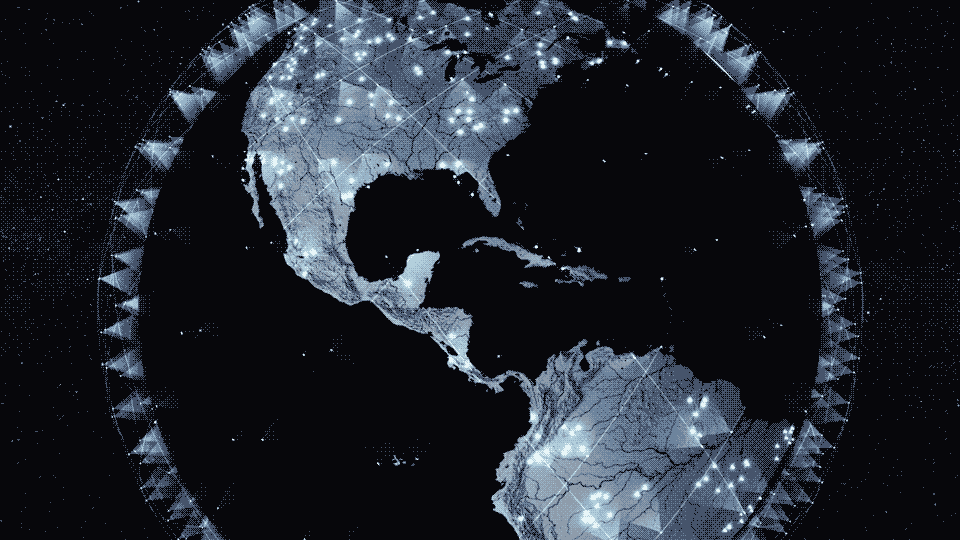
Sustained over 12 months, that would equate to ~360 metric tons (10% heavier than a fully-fueled Falcon 9 V1.0 rocket) of satellites built every year. In short, with an extremely small (and thus efficient) base of operations, SpaceX is regularly producing a vast quantity of satellites – enough to indefinitely sustain two full Starlink launches per month. At that rate, SpaceX could fairly easily complete the Starlink constellation’s first ~4400-satellite phase in just three years.
Production capacity or efficiency would need to expand significantly for SpaceX to complete the second (~12,000 satellites) and third (~40,000 satellites) phases of the Starlink constellation, By then, though, the first phase would likely be generating substantial revenue, optimistically allowing SpaceX to self-fund future growth or at least dramatically reducing the need for fundraising.
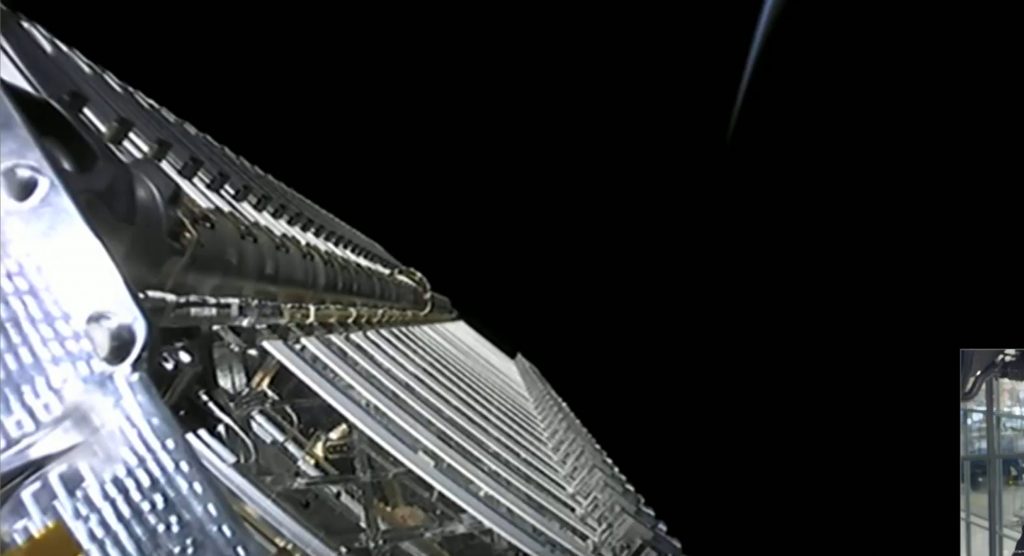
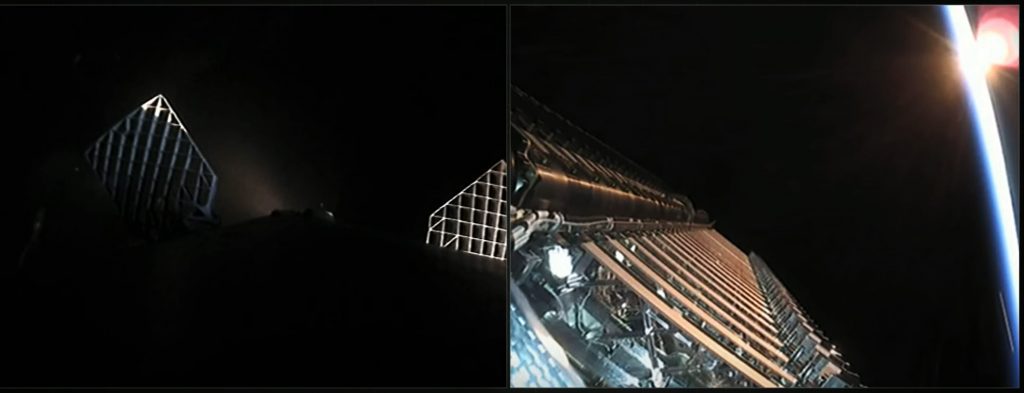
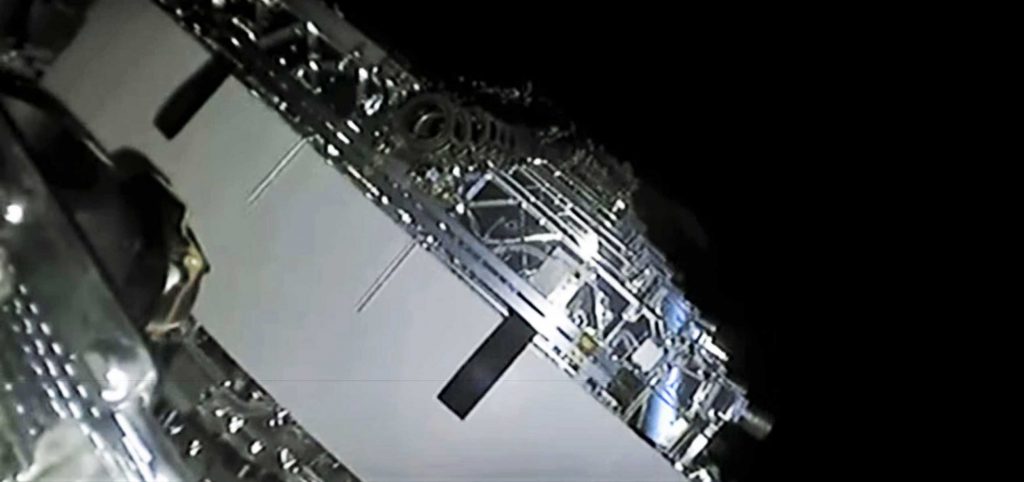
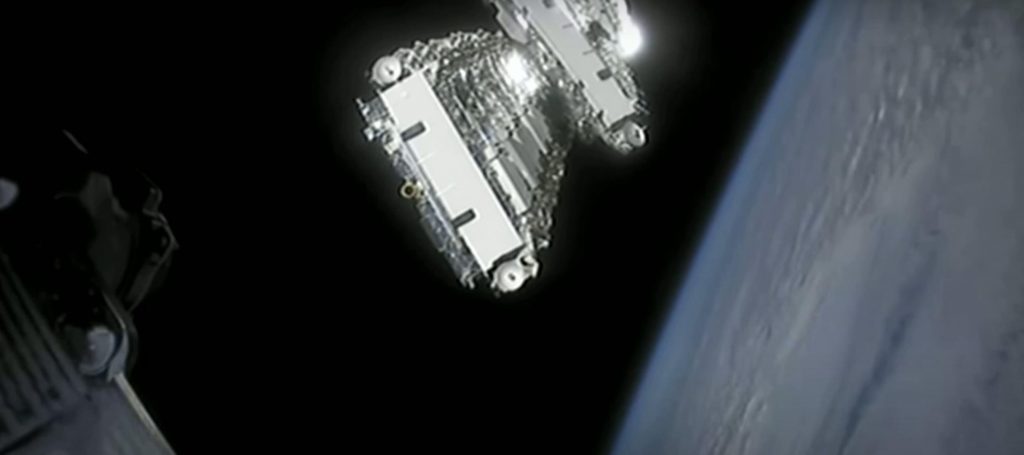
Along those lines, the same FCC ex parte presentation included a note that “SpaceX has invested hundreds of millions of dollars in Starlink to date,” including “over $70 million developing and producing thousands of user terminals per month.” In other words, SpaceX has apparently spent less – and possibly much less – than $1 billion designing, manufacturing, and launching almost 600 satellites. For comparison, competitor OneWeb apparently spent more than $3.4 billion and filed for bankruptcy before it had launched even 100 satellites.
That exceptional efficiency will, as CEO Elon Musk has noted several times, hopefully make Starlink the first low Earth orbit (LEO) satellite internet constellation in history to not go bankrupt. The company hopes to begin rolling out a much wider Starlink beta test after the 14th v1.0 satellite launch – currently four launches away. If all goes well during that beta test, Starlink could become the first LEO internet constellation in history to begin generating significant revenue not long after.
Check out Teslarati’s Marketplace! We offer Tesla accessories, including for the Tesla Cybertruck and Tesla Model 3.

News
Tesla FSD fleet is nearing 7 billion total miles, including 2.5 billion city miles
As can be seen on Tesla’s official FSD webpage, vehicles equipped with the system have now navigated over 6.99 billion miles.

Tesla’s Full Self-Driving (Supervised) fleet is closing in on almost 7 billion total miles driven, as per data posted by the company on its official FSD webpage.
These figures hint at the massive scale of data fueling Tesla’s rapid FSD improvements, which have been quite notable as of late.
FSD mileage milestones
As can be seen on Tesla’s official FSD webpage, vehicles equipped with the system have now navigated over 6.99 billion miles. Tesla owner and avid FSD tester Whole Mars Catalog also shared a screenshot indicating that from the nearly 7 billion miles traveled by the FSD fleet, more than 2.5 billion miles were driven inside cities.
City miles are particularly valuable for complex urban scenarios like unprotected turns, pedestrian interactions, and traffic lights. This is also the difference-maker for FSD, as only complex solutions, such as Waymo’s self-driving taxis, operate similarly on inner-city streets. And even then, incidents such as the San Francisco blackouts have proven challenging for sensor-rich vehicles like Waymos.
Tesla’s data edge
Tesla has a number of advantages in the autonomous vehicle sector, one of which is the size of its fleet and the number of vehicles training FSD on real-world roads. Tesla’s nearly 7 billion FSD miles then allow the company to roll out updates that make its vehicles behave like they are being driven by experienced drivers, even if they are operating on their own.
So notable are Tesla’s improvements to FSD that NVIDIA Director of Robotics Jim Fan, after experiencing FSD v14, noted that the system is the first AI that passes what he described as a “Physical Turing Test.”
“Despite knowing exactly how robot learning works, I still find it magical watching the steering wheel turn by itself. First it feels surreal, next it becomes routine. Then, like the smartphone, taking it away actively hurts. This is how humanity gets rewired and glued to god-like technologies,” Fan wrote in a post on X.
News
Tesla starts showing how FSD will change lives in Europe
Local officials tested the system on narrow country roads and were impressed by FSD’s smooth, human-like driving, with some calling the service a game-changer for everyday life in areas that are far from urban centers.

Tesla has launched Europe’s first public shuttle service using Full Self-Driving (Supervised) in the rural Eifelkreis Bitburg-Prüm region of Germany, demonstrating how the technology can restore independence and mobility for people who struggle with limited transport options.
Local officials tested the system on narrow country roads and were impressed by FSD’s smooth, human-like driving, with some calling the service a game-changer for everyday life in areas that are far from urban centers.
Officials see real impact on rural residents
Arzfeld Mayor Johannes Kuhl and District Administrator Andreas Kruppert personally tested the Tesla shuttle service. This allowed them to see just how well FSD navigated winding lanes and rural roads confidently. Kruppert said, “Autonomous driving sounds like science fiction to many, but we simply see here that it works totally well in rural regions too.” Kuhl, for his part, also noted that FSD “feels like a very experienced driver.”
The pilot complements the area’s “Citizen Bus” program, which provides on-demand rides for elderly residents who can no longer drive themselves. Tesla Europe shared a video of a demonstration of the service, highlighting how FSD gives people their freedom back, even in places where public transport is not as prevalent.
What the Ministry for Economic Affairs and Transport says
Rhineland-Palatinate’s Minister Daniela Schmitt supported the project, praising the collaboration that made this “first of its kind in Europe” possible. As per the ministry, the rural rollout for the service shows FSD’s potential beyond major cities, and it delivers tangible benefits like grocery runs, doctor visits, and social connections for isolated residents.
“Reliable and flexible mobility is especially vital in rural areas. With the launch of a shuttle service using self-driving vehicles (FSD supervised) by Tesla in the Eifelkreis Bitburg-Prüm, an innovative pilot project is now getting underway that complements local community bus services. It is the first project of its kind in Europe.
“The result is a real gain for rural mobility: greater accessibility, more flexibility and tangible benefits for everyday life. A strong signal for innovation, cooperation and future-oriented mobility beyond urban centers,” the ministry wrote in a LinkedIn post.
News
Tesla China quietly posts Robotaxi-related job listing
Tesla China is currently seeking a Low Voltage Electrical Engineer to work on circuit board design for the company’s autonomous vehicles.

Tesla has posted a new job listing in Shanghai explicitly tied to its Robotaxi program, fueling speculation that the company is preparing to launch its dedicated autonomous ride-hailing service in China.
As noted in the listing, Tesla China is currently seeking a Low Voltage Electrical Engineer to work on circuit board design for the company’s autonomous vehicles.
Robotaxi-specific role
The listing, which was shared on social media platform X by industry watcher @tslaming, suggested that Tesla China is looking to fill the role urgently. The job listing itself specifically mentions that the person hired for the role will be working on the Low Voltage Hardware team, which would design the circuit boards that would serve as the nervous system of the Robotaxi.
Key tasks for the role, as indicated in the job listing, include collaboration with PCB layout, firmware, mechanical, program management, and validation teams, among other responsibilities. The role is based in Shanghai.
China Robotaxi launch
China represents a massive potential market for robotaxis, with its dense urban centers and supportive policies in select cities. Tesla has limited permission to roll out FSD in the country, though despite this, its vehicles have been hailed as among the best in the market when it comes to autonomous features. So far, at least, it appears that China supports Tesla’s FSD and Robotaxi rollout.
This was hinted at in November, when Tesla brought the Cybercab to the 8th China International Import Expo (CIIE) in Shanghai, marking the first time that the autonomous two-seater was brought to the Asia-Pacific region. The vehicle, despite not having a release date in China, received a significant amount of interest among the event’s attendees.








